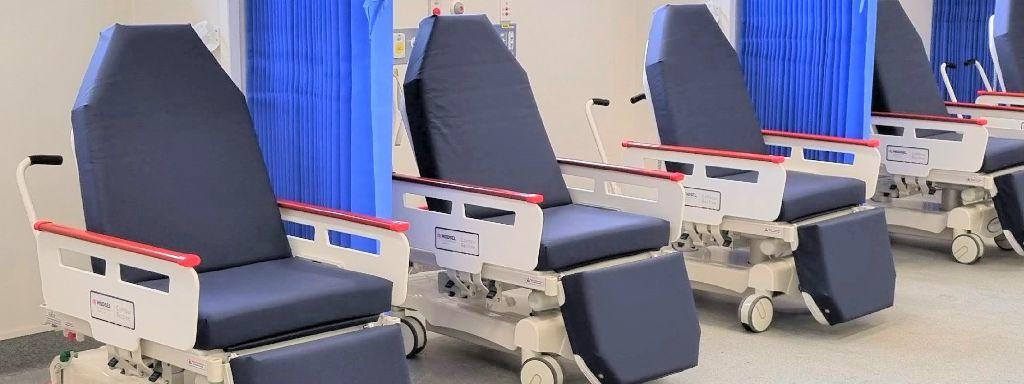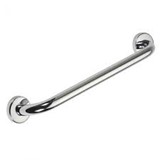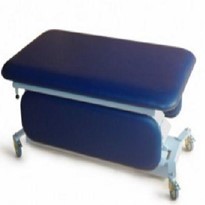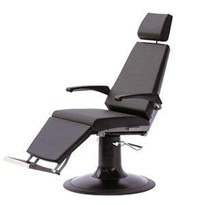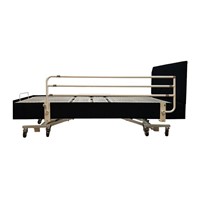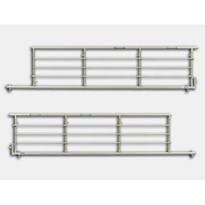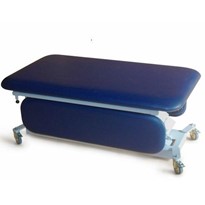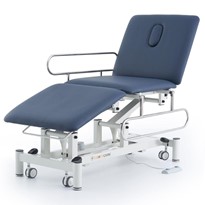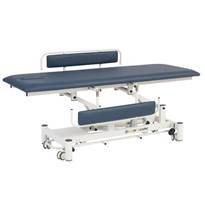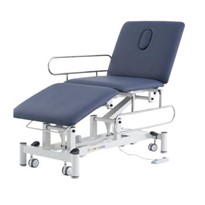In today’s market there is such a wide selection of dropside styles available for your procedure chairs, so which one is best?
Firstly, to have the most suitable dropside for your procedure chair there are range of points to consider;
- Will the chair be moved over long distances regularly or never moved?
- Will the patient require side rail support often, or rarely?
- What is your main type of patient, young, insecure, aged, bariatric or general?
- Does the function need to be quick and easy for emergency access?
- Are there regular transfers involved?
- What level of access to the patient do the carers or surgical staff need?
- How much support can be retained during procedures?
- Will there be higher levels of support required during patient recovery?
Once these points have been taken into consideration and have potentially helped to start creating a vision as to what your requirements are, the following options can then be discussed and together we can design the right products for the right jobs!
Types of patient support sides?
The cross bars within a dropside are usually either positioned in a vertical or horizontal fashion. The importance of this is subject to opinion and your own independent facility studies. Some side boards are constructed from solid materials - this may help with the prevention of limbs from swinging out sideways from the chair during transport and recovery.
What are side folding rails?
These fold down towards your left or right and require a gap at the end of the chair top (that it folds to), which is equal or greater than the height of the side rail. This is a necessity in both vertical and horizontal support bar dropside styles. Depending on the chair brand or options, the handrail may fold down to various positions, either above or below the seat cushion surface.
What’s different with dropsides?
These fall vertically down and level with the chair top. They could be longer in overall length than a sideways folding design, as they don’t require a gap at the end of the chair top for folding. The drop away style can provide a completely free top surface with no side rail hinge components or handrail to obstruct the patient or carers. As the raised height still has minimum requirements for best patient support, dropping the full side rail height down under the top can restrict both the low height and width of the chair top. The side rail when lowered in some designs could require the operator to step back from the chair or obstruct both feet clearance and brake operation. The construction of this style of dropside is usually heavier and may fall quickly or be harder to lift. Some side rails require spring or gas dampening and weight assistance, potentially causing additional maintenance requirements.
What are split dropsides?
Working similar to the standard dropsides, split fold divides the main side rail in half, allowing both halves to be independently folded down at either the head or foot end of the chair top. This can be particularly useful where maximum support is required, allowing a doctor or carer to access just one part of the patient without compromising on safety. On standard chair side rail designs, the entire side must be lowered to access the patient, leaving the patient totally unrestrained.
What about push handle side rails?
Sometimes the positioning of side rails may be to intentionally facilitate the pushing and maneuvering of the stretcher chair for transport. While convenient, this should always be considered, as it will apply higher loads and forces to the dropside supports and locking mechanisms than in the normal intended patient support role that a dropside is provided for, potentially increasing premature wear and tear of the unit. As dropsides are normally positioned on the furthest outsides of the top, the pushing positions could be too far apart and not ergonomically sound for the operator increasing the risk of strain injuries.
So, as you can see there are a lot of options to choose from when it comes to drop sides and side rails. It’s important to remember that whichever manufacturer you decide to purchase through, they should be able to provide you with localised support, regular maintenance and servicing, spare parts and user guides for all models of procedure chairs.


